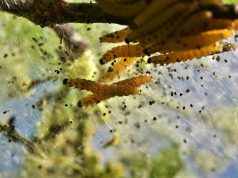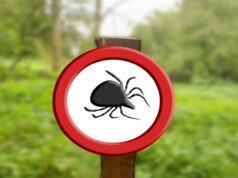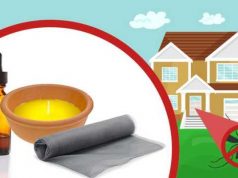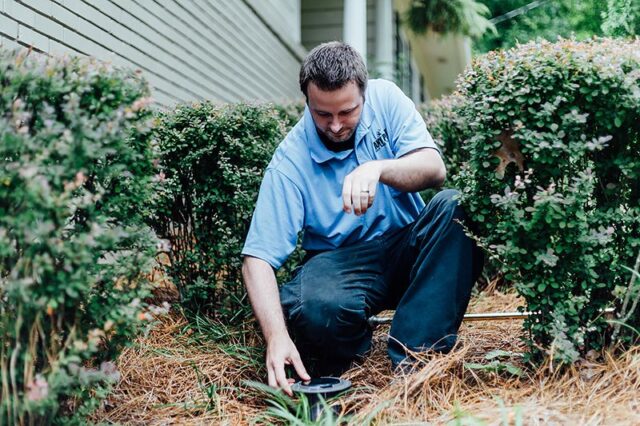
Nowadays, more and more people are venturing into home gardening. Some do it for fun, while others do it to produce healthier and cheaper foodstuffs for their families. This isn’t without challenges, though! A common problem for home gardeners is termite infestation. This will not only damage your crops but can cost you millions in structural damages. Luckily, there are multiple ways to eliminate termite attacks.
Check out some tips;
1. Acquire the right materials
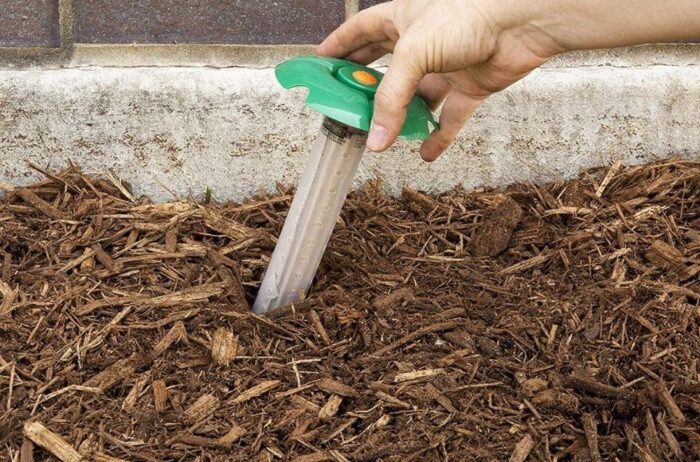
You’ll need various materials for your garden structures. Don’t go for cheap products and spend more on termite eradication. Instead, choose termite-treated timber to build your structures and minimize your risk of termite attacks. Examples are;
- Cypress timber beams
- Treated pine beams
- Concrete beams
2. Tidy up!
A cluttered garden will always draw termites. Maintain a clean garden and keep all areas tidy. Don’t have the garden or crops flush against your house; instead, maintain a 75 mm distance or more from your walls. This is because termites can climb on walls and enter your home interiors through cracked services.
If the termites have already invaded your home, visit pointepest.com to learn about professional pest control services near you. You can also learn how the team can help you eradicate pests, bugs, and other insects from your property.
3. Use the right mulch
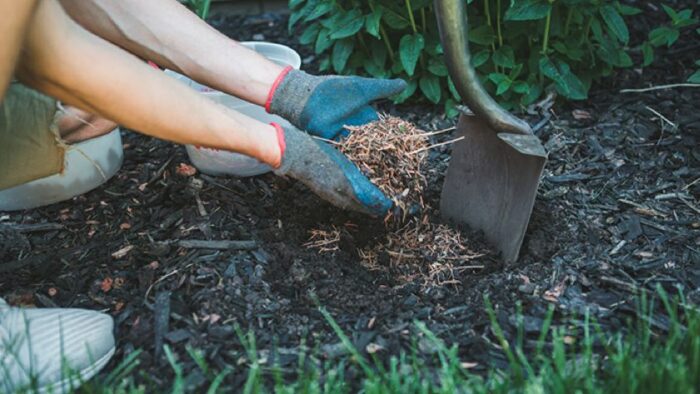
Here is some Advice on Mulching benefits your crops in many ways. It keeps weeds at bay and improves soil water retention. However, it acts as food for termites and attracts pests into your backyard. If you must use it, use the right type of mulch to avoid termite infestation. For instance, cypress mulch is resistant to termites and is a great choice for home gardeners.
Don’t use mulch near your house. It has excellent moisture retention properties, making it an excellent food for termites and many other insects. Grow your plants away from your house to avoid mulch from coming close to the walls. Still, consider replacing the mulch with rock gravel.
4. Trimming works!
Trim overgrown trees and shrubs or bushes growing near your home. For the shrubs growing near your foundation, trim them back about 2 to 3 feet from the walls. Do the same for any overgrown branches extending towards your house.
Moreover, identify dead trees and tree trunks and remove them from your backyard. They make excellent breeding grounds for termites.
5. Maintain cleanliness in your water features
Water features like fountains and ponds are common in landscaping. They are attractive and will significantly improve the look of your home. However, they can draw termites and many other pests, including mosquitoes, to your home.
Therefore, use pumps in your fountains and ponds to ensure proper circulation. Keep the water features away from your house and change the water in your birdbath regularly.
6. Use termite baits
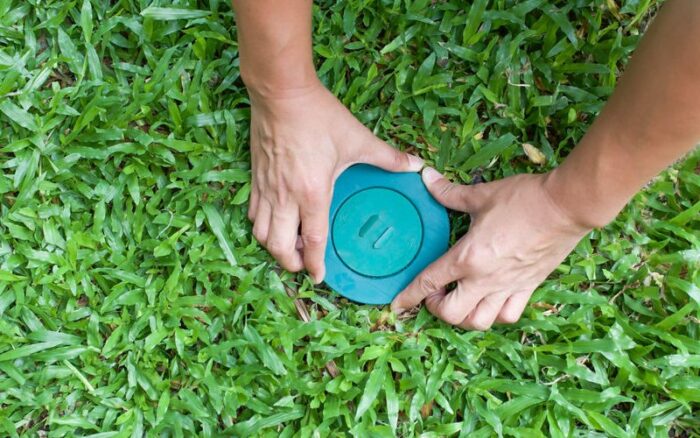
If you live in an area prone to termites, call ant experts to conduct regular termite inspections. Many use termite baits to detect early signs of infection. How do these work? These are plastic chambers buried in your garden, but in strategic places.
If there are termites in your garden, they will attack the timber on the bait system. This will allow you time to eliminate them early before causing costly damage to your home. Moreover, if you have firewood and wood furnishings, don’t pile them in one place or keep them close to your house.
7. Damp detection- Check out for damp timbers
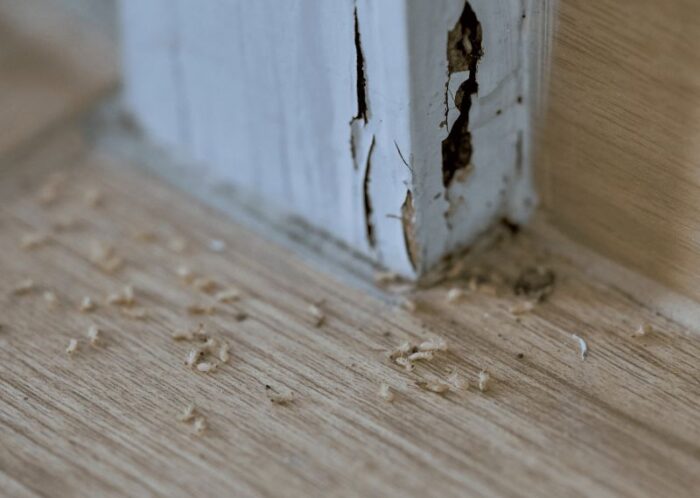
Termites and carpenter ants are attracted by damp timbers and can use this to invade your home garden. Check out for leaky taps or pipes that can cause dampness in your wood structures. Fix them promptly and, if possible, invest in tap timers.
If putting up a water tank close to your house, consider installing a chemical reticulation system before concreting. Most poly tanks are less likely to leak, but this acts as a safety precaution. Also, be on the lookout for leaky pipes and taps in your garden.
8. Grow some repellants
Some plants can repel termites from your backyard. They will minimize the termites from your garden and attract their natural predators. Examples are;
Garlic

Garlic prevents termites from your garden and also repels moles, aphis, and fruit tree borers. It’s famous for its deep root system, which repels termites. Garlic features a pleasant scent and is an excellent addition to your home garden.
Vetiver grass
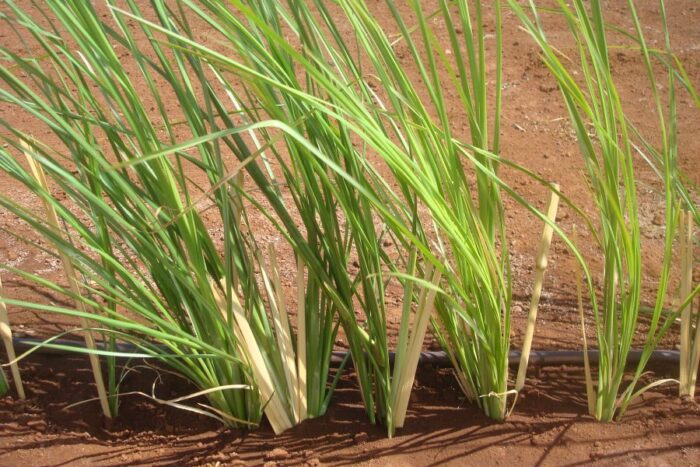
Vetiver grass is common in home gardens and boasts a deep root system. It’s good for areas with erosion problems and helps repel termites. It also contains the nootkatone chemical, which has excellent termite repelling properties.
Hot chilli peppers

Hot chilli plants are great deterrents for termites, ants, and cutworms. You can grow them directly in the soil or in pots. When the plants are matured, make a spray by soaking the chillies in water for one day. Shake the mixture and add 1 tbsp of dishwashing soap. Use the solution to spray wood furniture and other places where termites exist.
How can I eliminate the termites?
There are different types of termites. The first step would be to identify them; they include dry wood termites, damp wood termites, or subterranean termites. Once you identify them, don’t rush to buy an insect spray from the local store. It will poison your plants and won’t kill the insects.
Sprinkle termite pesticides at the base of your tree beds and termite tubes. However, termites have colonies buried in the ground, and it’s tricky to eliminate them. Don’t give up yet. There are many ant specialists out there.
They can examine your home and garden and use the right chemicals and tools for the task. Seek help immediately to avoid further damage to your property. The pest control company will also advise you on how to prevent such infestations in the future.
A quick wrap up
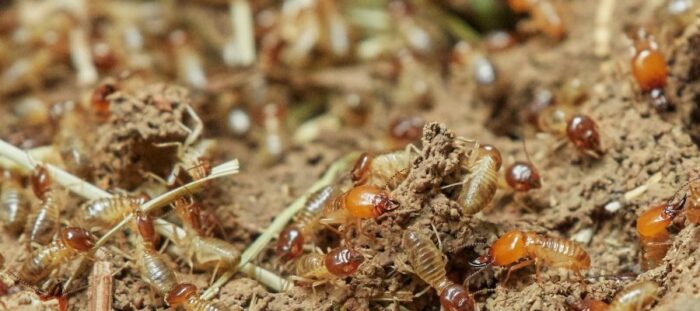
Termites are common in most gardens and homes. How you deal with them determines whether they leave for good or not. To minimize the risk of future infestation, engage specialists in all the steps. They have adequate skills and will use proper termite elimination products that won’t poison your crops and water.

